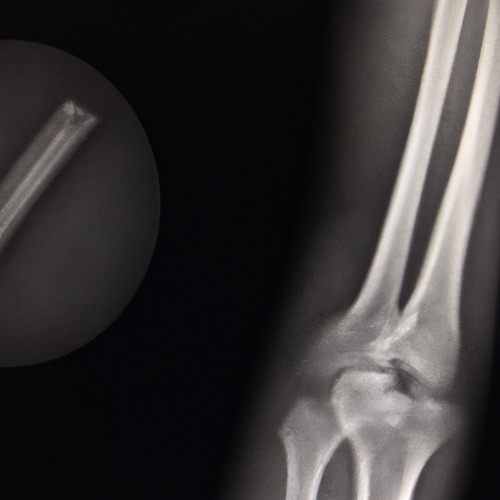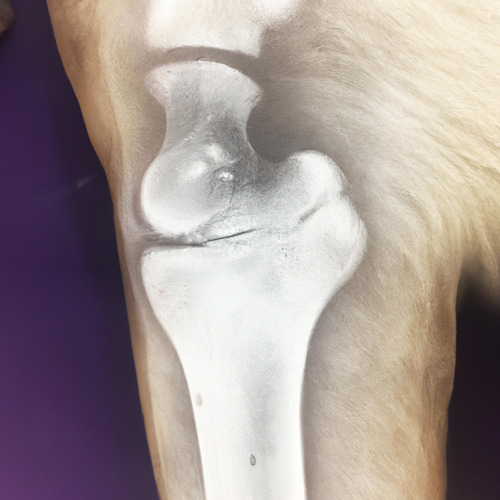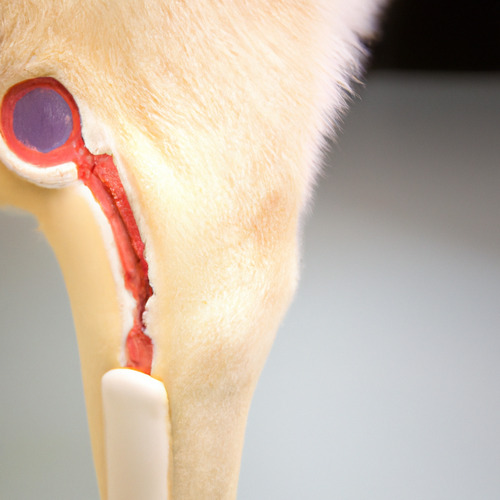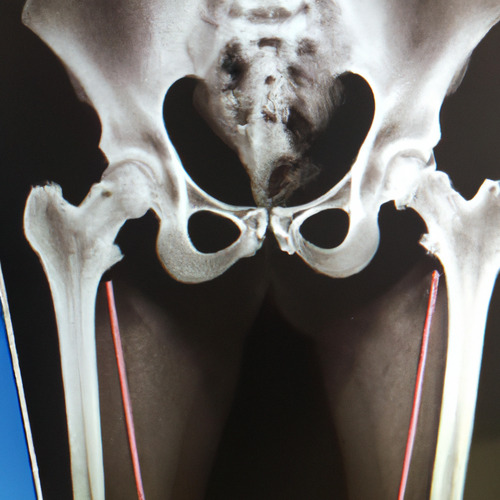Elbow Dysplasia
health
Understanding Elbow Dysplasia
Elbow dysplasia is a common joint condition in dogs that affects the growth and development of the elbow joint. The condition can lead to arthritis and cause pain, lameness, and discomfort in affected dogs. It is important to understand elbow dysplasia in dogs and the various treatments available to manage the condition and minimize the risk of joint damage.
Recognizing the Early Signs of Elbow Dysplasia
The early signs of elbow dysplasia in dogs can be subtle and may not be noticeable until the condition has progressed. Some dogs may experience mild lameness or joint pain, while others may display signs of stiffness or reluctance to engage in physical activity. As the condition progresses, the symptoms may become more pronounced and include:
- Lameness or stiffness in the front legs
- Pain or discomfort in the elbow joint
- Swelling in the elbow joint
- Difficulty climbing stairs or jumping
- Reluctance to engage in physical activity
If you suspect your dog is experiencing symptoms of elbow dysplasia, it is important to seek veterinary care as soon as possible.
Diagnosing Elbow Dysplasia in Dogs
A veterinarian can diagnose elbow dysplasia in dogs through a thorough examination and review of the dog's medical history. Additional tests, such as X-rays, may also be performed to assess the condition of the elbow joint and to determine the severity of the dysplasia.
Treating Elbow Dysplasia in Dogs
Treatment for elbow dysplasia in dogs will depend on the severity of the condition and may include:
- Pain management: Pain medication or anti-inflammatory drugs may be prescribed to help manage pain and swelling in the affected joint
- Physical therapy: Exercise and physical therapy can help improve joint mobility and strengthen the surrounding muscles
- Weight management: Maintaining a healthy weight can help reduce the amount of stress placed on the affected joint and minimize the risk of further damage.
- Surgery: In severe cases, surgery may be required to correct the condition and repair the affected joint
Preventing Elbow Dysplasia in Dogs
Prevention of elbow dysplasia in dogs can be difficult, as the underlying cause of the condition is often genetic. However, proper nutrition and a healthy lifestyle, including regular exercise and a balanced diet, can help minimize the risk of joint damage and promote healthy joint development.
The Prognosis for Dogs with Elbow Dysplasia
The prognosis for dogs with elbow dysplasia will depend on the severity of the condition and the response to treatment. With proper management and treatment, many dogs with elbow dysplasia can lead long and happy lives. However, some dogs may experience frequent, severe joint pain that can impact their quality of life. It is important to work closely with your veterinarian to determine the best course of treatment for your dog and to monitor the condition over time.
Working with Your Veterinarian
It is important to work closely with your veterinarian to manage elbow dysplasia in your dog. Your veterinarian can provide guidance on the best course of treatment, monitor the condition over time, and adjust the treatment plan as needed. Regular check-ups and follow-up appointments are also important to ensure that your dog's elbow dysplasia is well-managed and to detect any potential complications early on.




